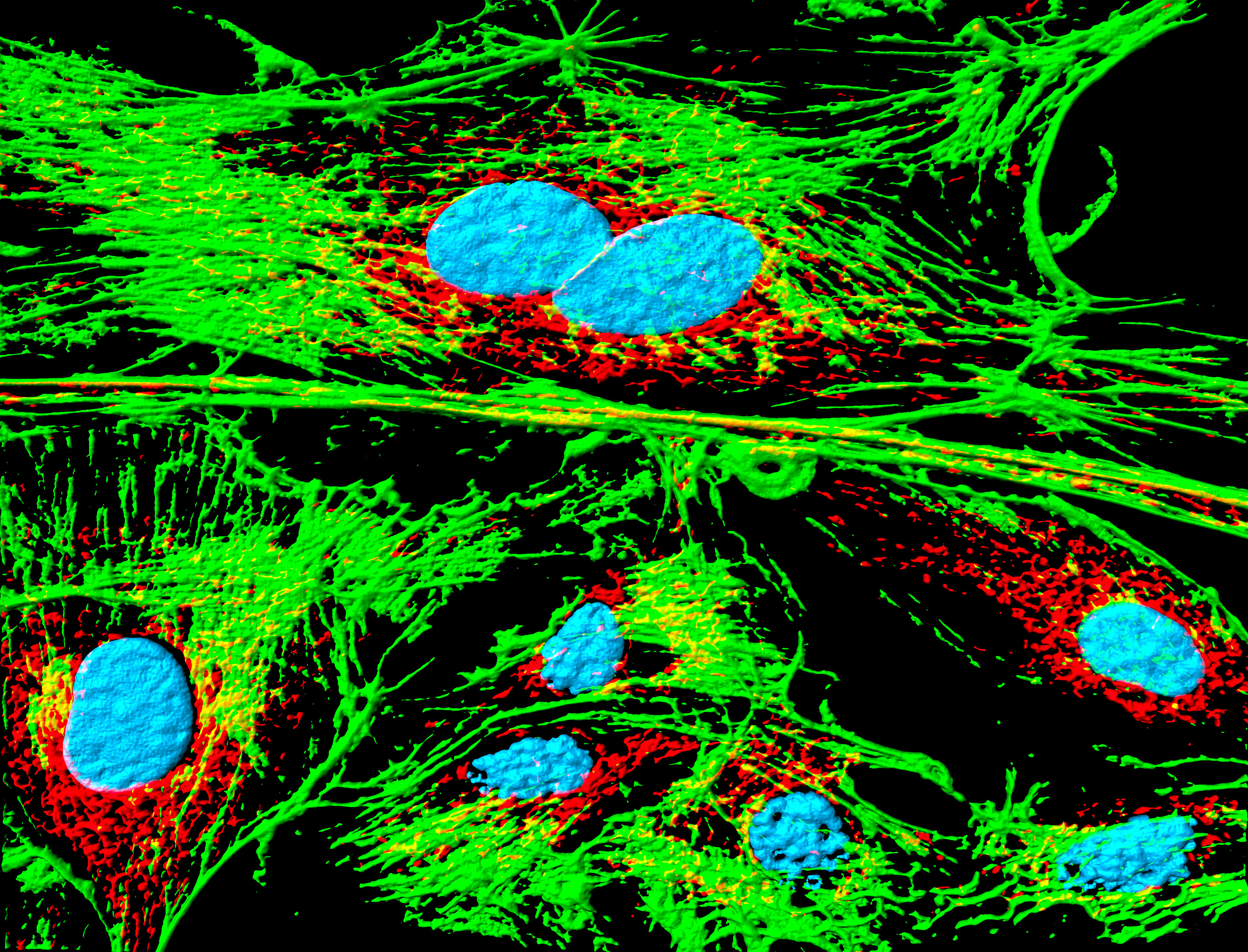FibroStatin Developing Therapy, T12, to Prevent Fibrotic Changes in Cells
Written by |

FibroStatin recently announced the development of a therapeutic agent against lung fibrosis called T12, building on the entirely new concept of blocking the transition of blood vessel endothelial cells to the more aggressive mesenchymal cells that contribute to fibrosis.
This so-called endothelial-mesenchymal transition (EMT) is crucial during processes such as wound healing. But in fibrotic diseases the process goes haywire, contributing to the extensive scarring of tissue.
Although the transition lies at the base of disease development, no drugs so far target the process, which is regarded as pharmaceutically difficult. FibroStatin, a Spanish biotechnology company, is aiming to overcome this difficulty with its lead drug candidate, T12.
T12 acts on a molecule called the GPBP kinase, the company said in a press release. The factor is crucial in the assembly of the mesenchymal collagen IV network — a network scientists only recently realized might have important actions in lung fibrosis. Collagen IV is a crucial component of what scientists call basement membranes, extracellular mesh-like structures that secrete factors supporting the look and behavior of nearby cells.
Rising levels of the GPBP kinase trigger a reorganization of the collagen IV network, which mediates many of the changes in how cells look and behave during EMT.
Endothelial cells lining blood vessels are characteristic in that they are stationary cells with strong bonds to their neighbors. When they take on mesenchymal cell properties, they lose the bonds to neighboring cells and can start migrating — taking on an invasive role needed for the spread of fibrosis. They can also turn into other cell types, which can also contribute to lung fibrosis.
Once these changes take place, the GPBP kinase and the collagen IV network make sure these changes are maintained, making a reversal of fibrotic process difficult.
FibroStatin has, so far, tested T12 in animal models of idiopathic pulmonary fibrosis (IPF). Studies showed that the drug significantly lowered the levels of fibrosis and allowed the animals to live longer.
EMT is also a crucial feature in cancer development, allowing tumors to become resistant to treatment. T12 was found to slow both the growth and spread of lung and breast tumors in animals. The animal studies also showed that the drug has a good safety profile.
FibroStatin hopes that after finishing toxicity studies in animals, it can advance T12 development in human clinical trials.






